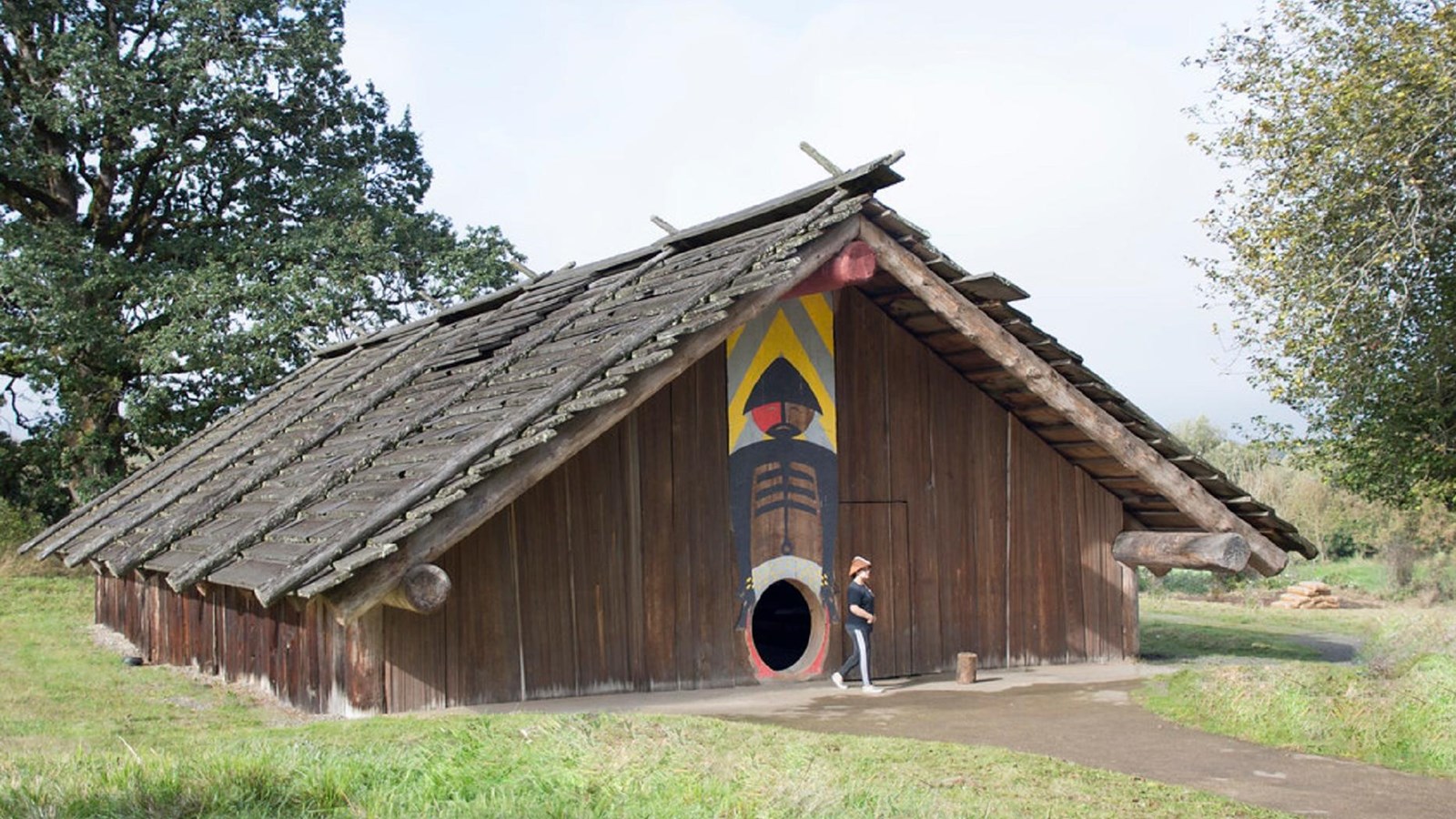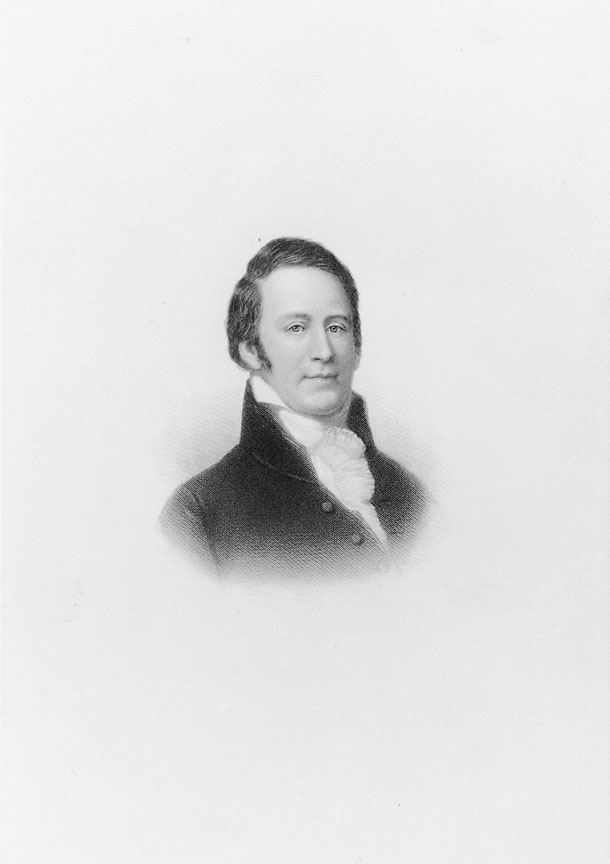Of the several Chinook men called Concomly at one time or another, the most famous was the headman located on Baker's Bay, on the north bank of the Columbia River, during the late eighteenth and early nineteenth centuries. It was through the writings of fur traders and explorers who encountered the shrewd trader that he became the best known of those who bore the name.
Because he was thought to be about sixty years old in 1825, Concomly may have been born around 1765. His parents were probably a Quinault man and a Chinook woman, and he had Chehalis or Quinault relatives, or both. His wives were said to have come from villages along the Columbia and on the coast. He had at least three sons; and of his several daughters, some married white fur traders, while others married prominent Indian headmen including Coalpo, leader of a village near Fort Astoria.
Charles Bishop, a British fur trader who was trading at the mouth of the Columbia in 1795-1796, considered Concomly a second-rank chief. He described the headman's aggressive methods of acquiring furs from upriver people to trade for the desirable foreign goods. Ten years later, Lewis and Clark also called Concomly a secondary chief.
By 1811, however, when Fort Astoria was built, Concomly dominated the trade with EuroAmericans. Several traders at the fort described how he tried to prevent other Indian groups from trading directly with the foreigners by portraying each side as a threat to the other, thus requiring each to channel their goods through his hands. Marrying his daughters to EuroAmerican fur traders allowed him to acquire foreign goods, since a marriage required the exchange of valuable items.
One daughter married Duncan McDougall, head of Fort Astoria. After he left the area, she married Kiesno, an influential upriver chief. By 1825, the Hudson's Bay Company, by then in control of the fur trade, opened Fort Vancouver some hundred miles upriver. By then, Concomly and Kiesno, along with Shanaway, a Cowitz chief, were considered the most prominent Indians on the river. Kiesno, who was located near the new fort, gained influence at his father-in-law's expense. The outbreak of hostilities between them threatened trade with the Hudson's Bay Company, whose intervention calmed things down.
By 1825, Concomly had chosen the name Madsu for himself and given the name Concomly to the son who was to succeed him, but that son died. In 1830, he himself died of the malaria that was ravaging the lower Columbia, leaving Kiesno the most important chief on the river. In 1835, Concomly’s skull was taken to England for "scientific" examination; well over a century later, it was returned and buried in the Ilwaco, Washington, community cemetery.
It was someone else with the name Concomly who signed the unratified Tansy Point treaty in 1851. Nevertheless, it is the man known to the EuroAmericans during their early encounters with him who is best remembered. In Astoria, Oregon, a reproduction of a Chinook canoe stands as a memorial to him.
-
![]()
Chief Concomly.
Courtesy Rosenbach Museum & Library, Philadelphia; Duncan McDougall, Astoria Journal. Astoria, Oregon, 1811-1813.
-
![]()
Chief Comcomly (Concomly) Memorial Canoe, Astoria, 2016.
Courtesy A.E. Platt
-
![]()
Chief Comcomly (Concomly) Memorial Canoe, Astoria, 2016.
Courtesy A.E. Platt
-
![]()
Chief Comcomly (Concomly) Memorial Canoe, Astoria, 2016.
Courtesy A.E. Platt
Related Entries
-
![Chinookan Plankhouses]()
Chinookan Plankhouses
The Chinookan peoples of the Lower Columbia River built a variety of sh…
-
![Lewis and Clark Expedition]()
Lewis and Clark Expedition
The Expedition No exploration of the Oregon Country has greater histor…
-
![Portland Basin Chinookan Villages in the early 1800s]()
Portland Basin Chinookan Villages in the early 1800s
During the early nineteenth century, upwards of thirty Native American …
Related Historical Records
Map This on the Oregon History WayFinder
The Oregon History Wayfinder is an interactive map that identifies significant places, people, and events in Oregon history.
Further Reading
Jones, Robert F., ed. Annals of Astoria: The Headquarters Log of the Pacific Fur Company on the Columbia River, 1811-1813. New York: Fordham University Press, 1999.
Lewis, William S. and Naojiro Murakami, eds. Ranald MacDonald. Spokane: Eastern Washington State Historical Society, 1923.
Ross, Alexander. Adventures of the First Settlers on the Oregon or Columbia River, 1810-1813. Lincoln: University of Nebraska Press, 1986.







